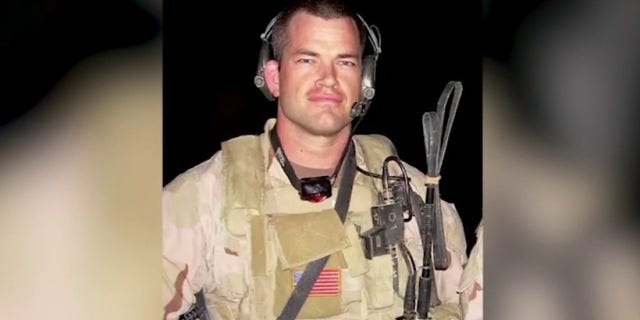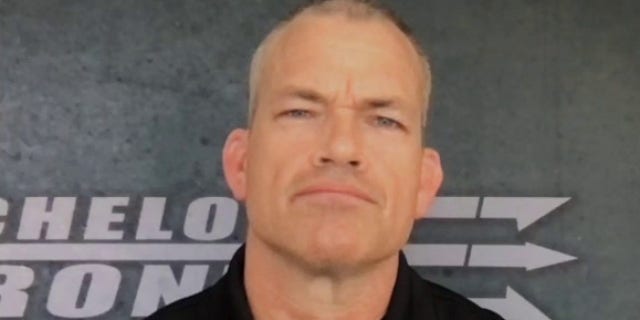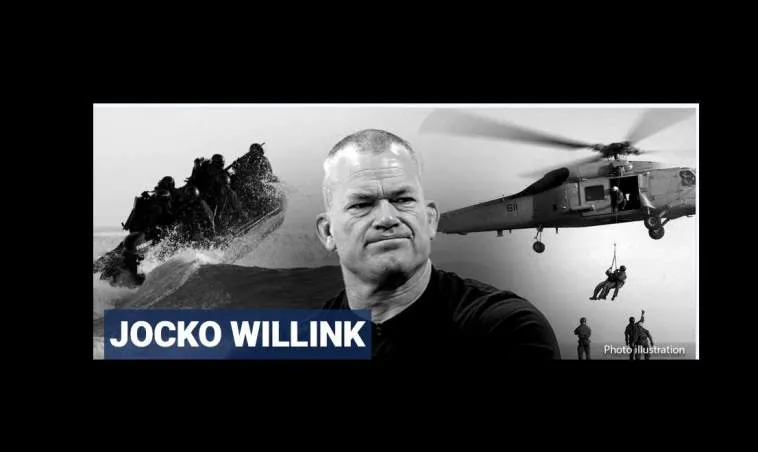(Fox News) I spent 20 years in the SEAL Teams and I am personally guilty of conducting, directing, and overseeing vast amounts of brutal training.
The training I led was advanced Unit Level Training that prepared SEALs for combat deployments in Iraq and Afghanistan.
It required the SEALs to hike long distances in 100+ degree temperatures in the desert.
Once at a simulated target, the SEALs would be engaged by Opposing Force (OPFOR) SEALs acting as enemy fighters.
The OPFOR would shoot the SEALs with paintballs. Explosions would be detonated in the vicinity of the SEALs to shock them.
Smoke grenades would be set off to cause confusion.
CS (tear gas) grenades would also be deployed to further incapacitate the SEALs.
Then we, the training cadre, would “kill” some of the SEALs—tell them they were “dead” and could no longer move.
Their SEAL buddies would have to pick them up and carry the “dead” men.

Jocko Willink in an undated photograph while serving in the U.S. military
Through harsh terrain. Up and down hills.
For miles.
While being attacked with paintball guns.
It was brutal.
And this was just one section of desert land warfare training.
Other sections of training involved assaulting complex targets with live bullets, real grenades, and actual rockets.

Retired Navy SEAL and author Jocko Willink
Once the desert phase of training was completed, the Unit Level Training continued in urban, mountain, jungle, and maritime environments.
All of this training took place while carrying the weight of body armor, weapons, ammunition, water, and other mission-specific gear.
The SEALs were always sleep deprived and dehydrated.
And the environment was always too hot or too cold or too wet or too dry.
Everyone got cuts, scrapes, and bruises.
Sprained ankles, strained knees, and injured backs and shoulders occurred with regularity.
Heat casualties were common.
Sometimes, in rare but tragic cases, SEALs died in training.
SEAL have died in training from gunshots, explosions, drowning, falling, failed parachutes, vehicle accidents, medical anomalies, and other assorted causes representative of high-risk training.
While we did everything in our power to mitigate the risk of injury or death during the training, we did nothing to mitigate the suffering.
Part of the training was suffering.
Brutal suffering.
And yet all of that—all of that—was nothing compared to the challenges of combat.
Combat—the only reasons SEALs exist—was infinitely more brutal.







